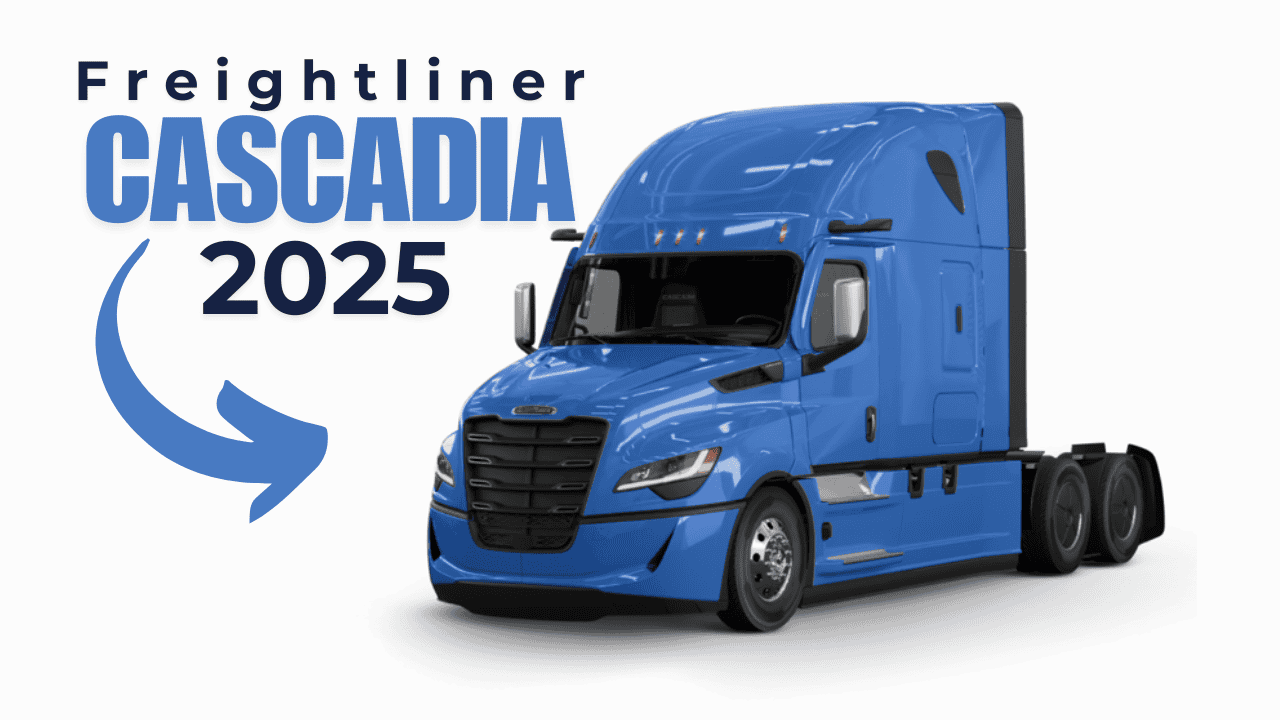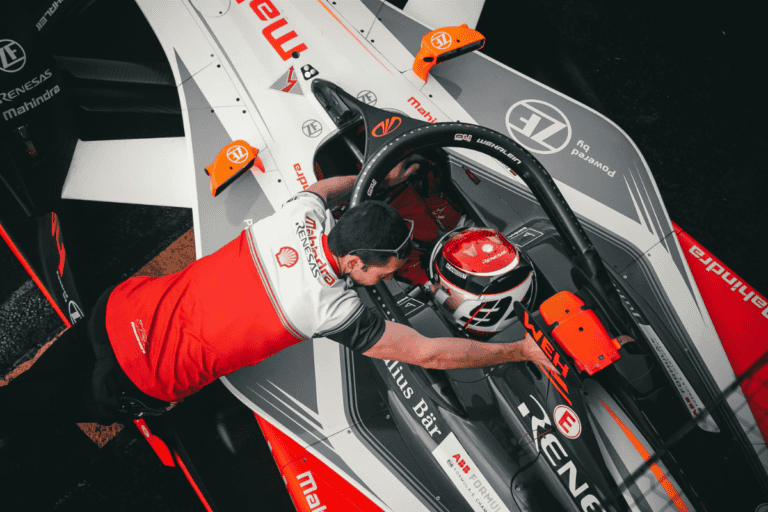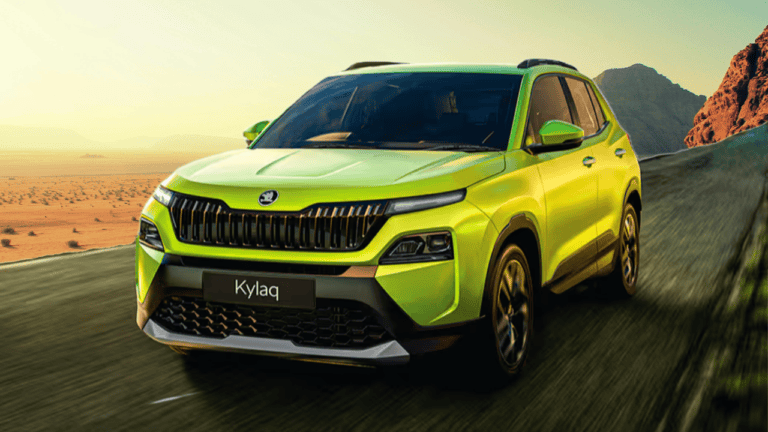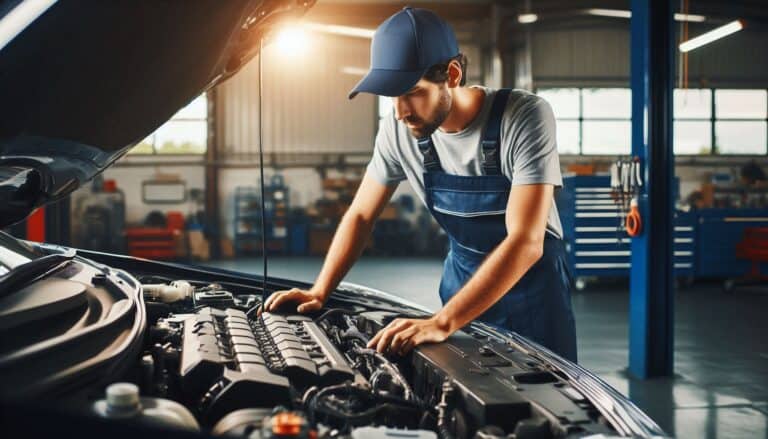The transportation industry is witnessing a remarkable evolution with the introduction of the new Freightliner Cascadia 2025. This latest iteration of America’s best-selling Class 8 truck represents a significant leap forward in commercial vehicle technology, comfort, and efficiency. In this comprehensive guide, we’ll explore everything you need to know about this groundbreaking vehicle and the company behind it.
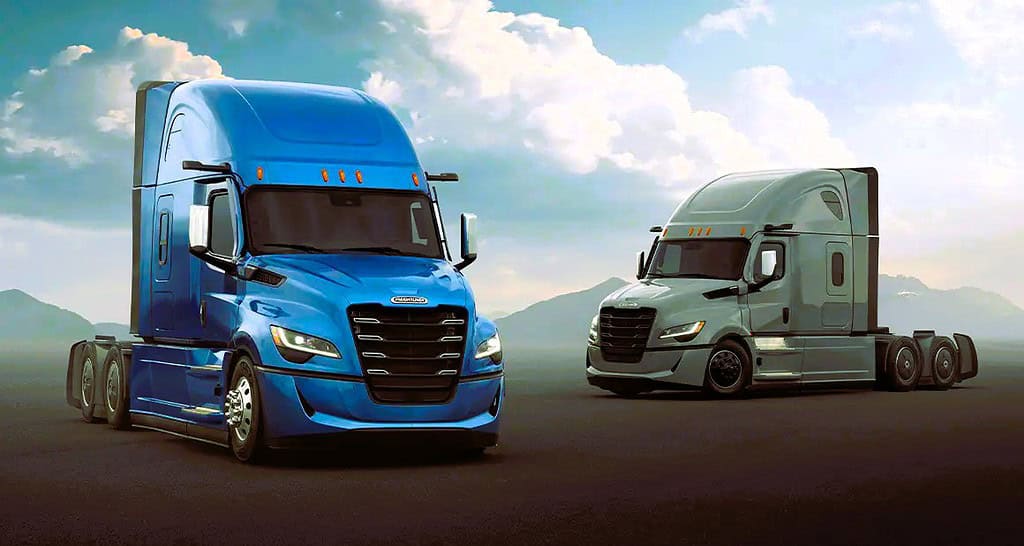
What is a Freightliner?
Freightliner, a brand of commercial vehicles, primarily Class 8 trucks, has been a cornerstone of the American transportation industry for over 80 years. Its name has become synonymous with American trucking, a testament to its enduring legacy and historical significance.
The company’s origins date back to 1929 when Leland James, the founder of Consolidated Freightways, began customizing trucks to better suit his company’s needs. His innovations in lightweight aluminum construction led to the creation of the first Freightliner trucks, which were revolutionary for their time due to their superior fuel efficiency and increased payload capacity.
Today, Freightliner produces a wide range of commercial vehicles, including:
- Class 8 heavy-duty trucks (like the Cascadia)
- Medium-duty trucks
- School buses (through subsidiary Thomas Built Buses)
- Custom chassis for RVs and specialty vehicles
- Electric trucks (with the eCascadia leading the charge)
Freightliner, a brand that has maintained its position at the forefront of innovation, consistently introduces new technologies and improvements that benefit both drivers and fleet operators. This commitment to innovation ensures an exciting future for the brand and the industry.
Who Owns Freightliner?
Freightliner is currently owned by Daimler Truck North America (DTNA), which is part of Daimler Truck AG, one of the world’s largest commercial vehicle manufacturers. This ownership structure has a fascinating history worth exploring:
Historical Ownership Timeline:
1981: Daimler-Benz AG (now part of Mercedes-Benz Group) acquired Freightliner from Consolidated Freightways
1998: Became part of DaimlerChrysler following the merger between Daimler-Benz and Chrysler
2007: Remained with Daimler AG after the dissolution of DaimlerChrysler
2021: Became part of the independent Daimler Truck AG following its separation from Mercedes-Benz Group
Under Daimler Truck’s ownership, Freightliner has experienced significant growth and technological advancement. The company has benefited from:
- Access to Daimler’s global research and development resources
- Integration of Mercedes-Benz technology and engineering expertise
- Substantial investment in manufacturing facilities
- Enhanced distribution networks
- Shared technological innovations across brands
This backing by one of the world’s largest automotive companies has helped Freightliner maintain its position as North America’s leading commercial truck manufacturer.
The New 2025 Cascadia: A Closer Look
The Freightliner Cascadia 2025, the latest evolution in Freightliner’s flagship truck series, introduces several groundbreaking features and improvements. These unique features set it apart from its predecessors and other trucks in the market, making it a compelling choice for fleet operators and owner-operators.
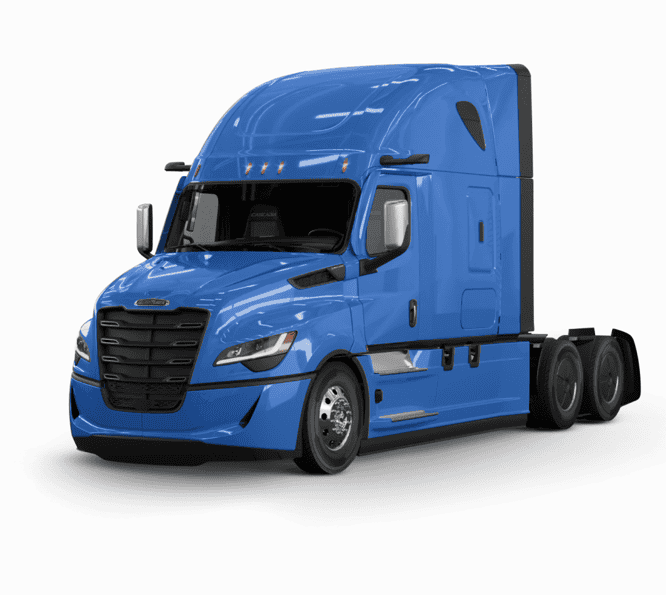
Design and Aerodynamics
The Freightliner Cascadia 2025 features a wholly redesigned aerodynamic package that includes:
- Enhanced A-pillar design with integrated air deflectors
- Redesigned bumper and hood assembly
- Advanced side skirts and fairings
- Optimized roof design with improved airflow management
- New mirror design reducing wind resistance
These improvements result in up to 5% better fuel efficiency compared to previous models, translating to significant cost savings for operators.
Powertrain Options
The Freightliner Cascadia 2025 model offers several powertrain configurations:
- Detroit DD15 Gen 5 Engine
- Improved fuel efficiency
- Enhanced torque curve
- Reduced emissions
- Extended maintenance intervals
- Detroit DD13 Gen 5 Engine
- Optimized for regional haul applications
- Better power-to-weight ratio
- Improved thermal management
- Detroit powertrain (for eCascadia variant)
- Zero-emission operation
- Multiple range options
- Fast-charging capability
Advanced Safety Features
Safety remains a top priority with the Freightliner Cascadia 2025, which includes:
- Detroit Assurance 5.0 with Active Brake Assist 5.0
- Adaptive Cruise Control to 0 mph
- Lane Departure Warning with Active Lane-Keeping Assist
- Side Guard Assist
- Active Lane Assist
- Automatic wipers and headlamps
- Intelligent High Beam
Technology and Connectivity
The 2025 Cascadia model introduces several technological advancements:
- Updated Detroit Connect platform
- Over-the-air updates capability
- Advanced telematics integration
- Improved driver display interface
- Enhanced voice command system
- Wireless smartphone integration
Interior Comfort and Design
The cabin has been completely redesigned with a focus on driver comfort:
- Ergonomically optimized dashboard
- Improved storage solutions
- Enhanced noise insulation
- Premium seating options
- Upgraded climate control system
- Flexible living space configuration
- Improved sleeper berth amenities
How Much Does a Freightliner Cascadia Weight?
Understanding the weight of a Freightliner Cascadia is crucial for fleet operators and owner-operators, as it directly impacts payload capacity and fuel efficiency. Here’s a detailed breakdown of the 2025 Cascadia’s weight specifications in a reader-friendly format:
Base Weight Specifications:
- Day Cab Configuration: approximately 15,000-16,000 lbs
- Mid-Roof Sleeper: approximately 16,500-17,500 lbs
- Raised Roof Sleeper: approximately 17,000-18,000 lbs
Maximum Gross Vehicle Weight Rating (GVWR):
- Standard Configuration: up to 80,000 lbs
- Special Permit Operations: can be spec’d for higher weights where legally permitted
Weight Distribution:
Front Axle:
- Standard Rating: 12,000 lbs
- Optional Ratings: 13,200 lbs to 14,600 lbs
Rear Axle:
- Standard Rating: 40,000 lbs
- Optional Ratings: varying based on Configuration
Factors Affecting Weight:
Several factors can impact the final weight of a Cascadia:
- Cab Configuration
- Day cab vs. sleeper options
- Sleeper size selection
- Interior amenities package
- Powertrain Selection
- Engine choice
- Transmission type
- Fuel tank capacity
- Additional Equipment
- APU systems
- Aerodynamic packages
- Safety systems
- Comfort features
- Frame Specifications
- Frame rail selection
- Wheelbase length
- Additional cross-members
Where Can I Buy a Freightliner Pickup Truck?
It’s important to note that Freightliner does not manufacture pickup trucks for consumer use. This is a common misconception, as Freightliner focuses exclusively on commercial vehicles. However, there are several options for those interested in Freightliner vehicles:
Commercial Vehicle Options:
- New Freightliner Trucks
- Authorized Freightliner dealerships
- Factory-direct orders for fleet customers
- Specialty vehicle manufacturers
- Used Freightliner Trucks
- Certified pre-owned programs
- Independent commercial truck dealers
- Online marketplaces specializing in commercial vehicles
Alternative Solutions:
For those seeking a pickup truck, consider:
- Heavy-Duty Consumer Trucks
- Ford F-Series Super Duty
- RAM Heavy Duty
- Chevrolet Silverado HD
- GMC Sierra HD
- Medium-Duty Commercial Options
- Ford F-650/F-750
- International CV Series
- Chevrolet Medium Duty
- RAM Commercial
Finding a Freightliner Dealer
To purchase a Freightliner commercial vehicle:
- Visit the official Freightliner website dealer locator
- Contact Daimler Truck North America directly
- Attend commercial vehicle trade shows
- Work with a commercial truck broker
Conclusion
The 2025 Freightliner Cascadia represents a significant evolution in commercial trucking, combining advanced technology, improved efficiency, and enhanced driver comfort. As part of Daimler Truck’s portfolio, Freightliner continues to lead the industry in innovation and reliability.
While Freightliner doesn’t offer pickup trucks for consumer use, their commercial vehicles set the standard for the transportation industry. The Freightliner Cascadia 2025, with its careful attention to weight distribution and various configuration options, provides fleet operators and owner-operators with a versatile and efficient solution for their transportation needs.
For those interested in purchasing a Freightliner vehicle, working with authorized dealers ensures access to the latest models, factory support, and comprehensive warranty coverage. The investment in a Freightliner Cascadia represents not just a purchase of a commercial vehicle but a commitment to efficiency, reliability, and technological advancement in the transportation industry.
Please visit Blogsweneed for more automotive blogs, news, and content.

Hi, I’m Nathan Cross, a writer and avid reader who loves crafting articles for newspapers and online platforms. Words are my passion, whether I’m telling stories, sharing insights, or sparking conversations. When I’m not writing, you’ll find me lost in a book or out on the baseball field, enjoying the game that keeps me grounded. Writing, reading, and baseball—these are the things that define me.

